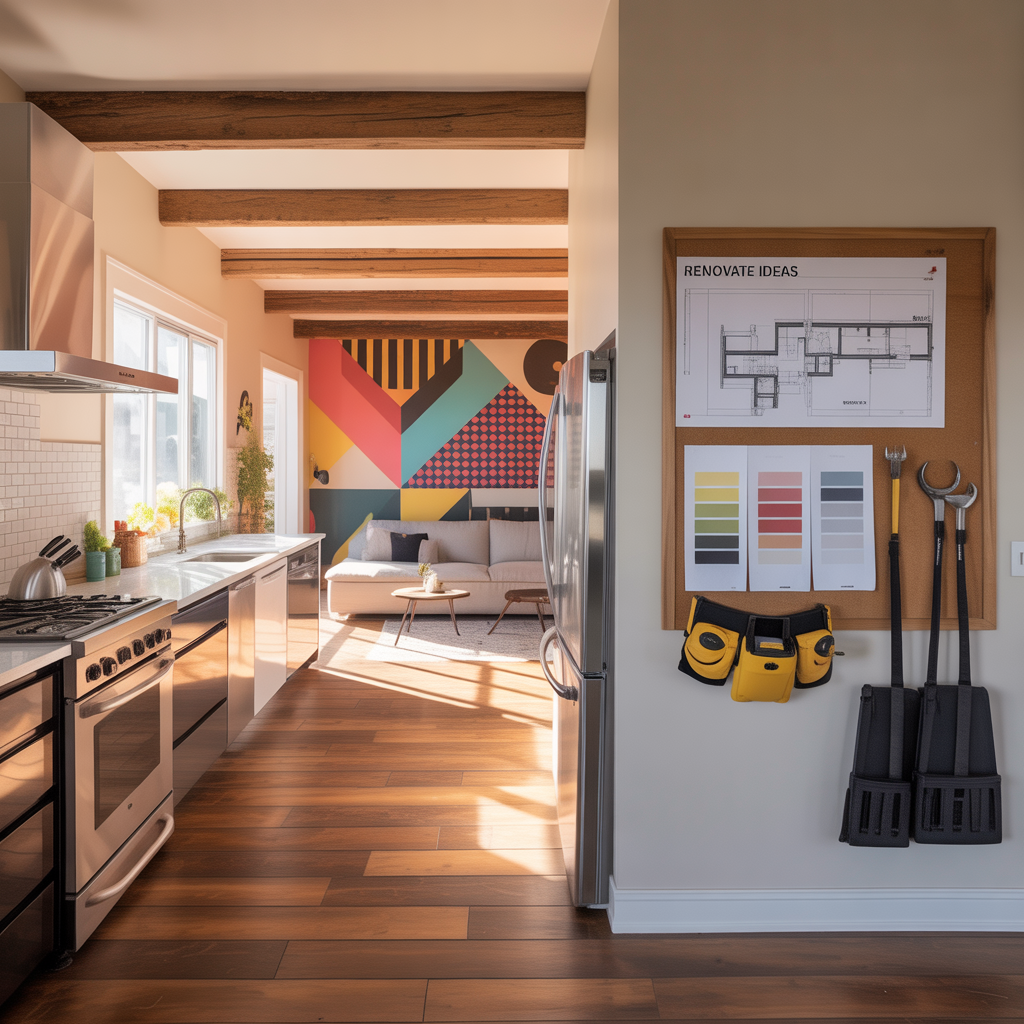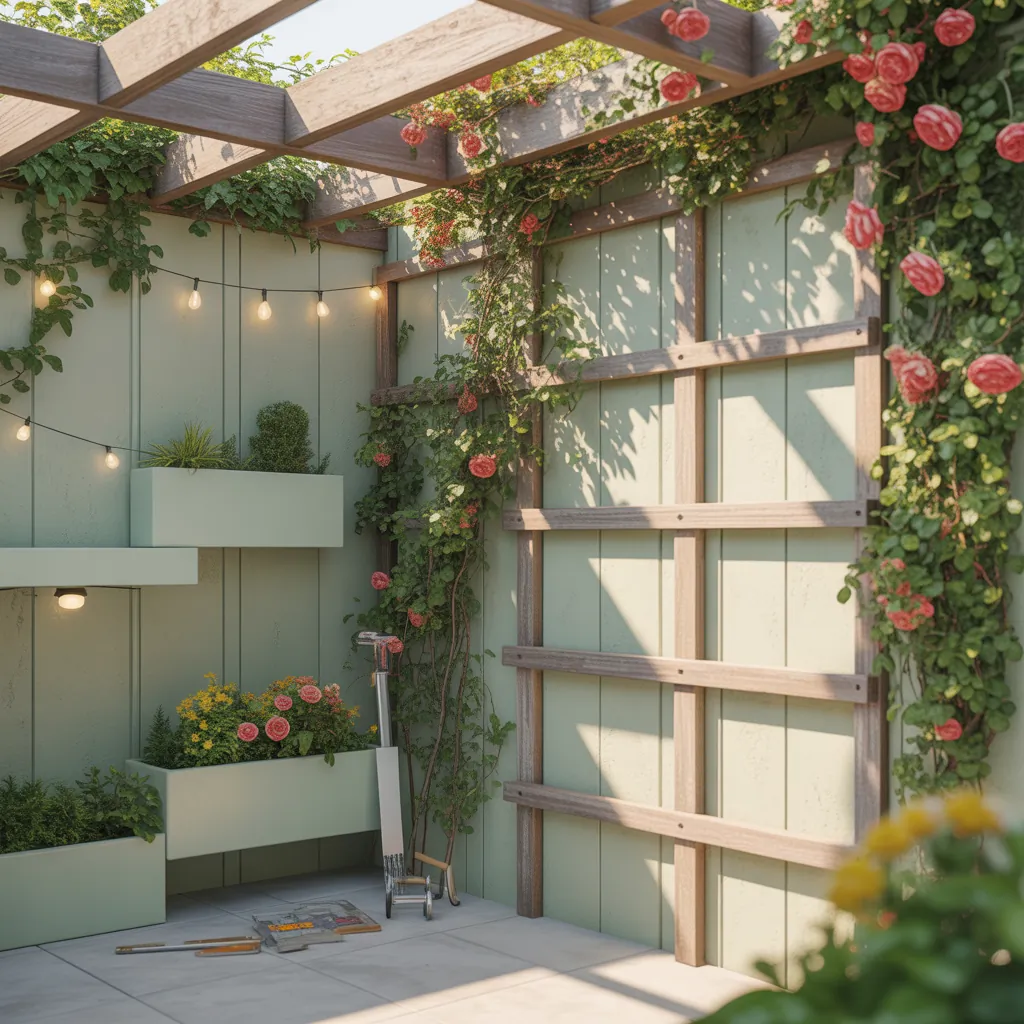Have you ever noticed a hairline crack across a living room wall, a slightly sticking door after heavy rain, or a small step in your floor where there used to be none? Those little signs can signal foundation movement — and they make you ask the big question: what can I do now to protect my home? Whether you’re a hands-on DIYer or planning to hire contractors, understanding underpinning ideas for house stability is the first step toward a safer, more valuable property.
Why foundation stability matters (and when to act)
Foundations transfer the weight of your house to the ground. When soil shifts, becomes saturated, or erodes, that load moves in unexpected ways. Minor issues — hairline cracks, uneven floors, or a leaning chimney — can sometimes be corrected with simple fixes. But persistent movement requires underpinning or other structural reinforcement to avoid costly damage.
Signs you need to investigate
- New, widening cracks in brickwork or plaster
- Doors and windows that stick or gap
- Uneven or sagging floors
- Gaps between walls and skirting or external brickwork
- Basement or crawl space water issues
Underpinning Ideas for House: Practical options and when to use them
Underpinning is a broad term covering methods to strengthen or deepen foundations. Below are common options, explained in plain language so you can decide which path to research further with a structural engineer.
1. Traditional mass concrete underpinning
What it is: Sections of the existing foundation are excavated and replaced with concrete that extends to a more stable depth.
Best for: Older homes with shallow strip foundations and moderate subsidence.
Notes: Effective but disruptive. Usually done in stages to support the structure during work.
2. Mini-piles or screw piles (helical piles)
What it is: Steel piles are screwed or driven to load-bearing strata and connected to the existing foundation.
Best for: Properties with restricted access, variable soils, or where deeper support is needed without massive excavation.
Notes: Cleaner than traditional underpinning and often quicker. Requires specialist equipment and a contractor.
3. Resin injection and grout stabilisation
What it is: High-strength resin or grout is injected under the foundation to fill voids and compact weak soils.
Best for: Small settlements, voids under slabs, or to lift localized areas.
Notes: Less invasive and can be a cost-effective repair in light-to-moderate cases. Some resin systems are available for controlled DIY applications, but professional assessment is recommended.
4. Pitched beams and internal supports
What it is: Installing internal steel beams, jack posts, or concrete beams to transfer loads where outside underpinning is impractical.
Best for: Basements or cellars where you want to increase usable space or avoid major external works.
DIY-friendly steps you can take today
Not every underpinning job starts with heavy machinery. There are practical, safe DIY measures that slow or prevent further damage while you plan permanent repairs.
Step-by-step short-term improvements
- Document and monitor: Take photos and measure cracks over weeks to identify progression.
- Manage water: Ensure gutters are clear, downpipes discharge away from foundations, and the garden has a gentle slope away from the house. Install downpipe extensions if needed.
- Improve drainage: Add a French drain or gravel trench around problem areas to divert groundwater.
- Control vegetation: Remove or trim large trees and shrubs whose roots draw moisture unevenly from soil near the foundation.
- Temporary shoring: For small interior issues, adjustable steel props under strong timbers can reduce movement until permanent support is installed (only if you understand shoring safety).
DIY safety tips
- Never remove load-bearing elements without consulting a structural engineer.
- Use proper shoring equipment when supporting structures — timber jacks and improvised props can be dangerous.
- Get building permits if your local regulations require them for structural work.
Design inspiration: turn underpinning into an upgrade
Underpinning doesn’t have to be purely about repair. Many homeowners combine foundation work with home improvements that add value and functionality.
- Basement conversion: Underpin to increase depth, then finish the space as a family room or home office.
- Open-plan extension: Install piled supports so you can remove internal load-bearing walls safely and create modern living spaces.
- Improved damp-proofing: When underpinning, add thermal insulation and waterproof membranes to upgrade energy efficiency and comfort.
Costs, timeline, and choosing the right pro
Costs vary widely: resin injection and minor stabilisation can be a few hundred to a few thousand dollars, while full mass underpinning or piling can run into tens of thousands depending on size and access. Timelines similarly range from a day for injections to several weeks for staged underpinning.
Always:
- Hire a chartered structural engineer for diagnosis and signed calculations.
- Get at least three quotes and check contractor references and insurance.
- Confirm who will obtain building approvals if required — reputable contractors will manage this or advise you.
When to call a professional (and when you can DIY)
If you see progressive cracks, significant movement, or any risk to safety, call a structural engineer immediately. DIY efforts should focus on mitigation — controlling water, monitoring symptoms, and preventing further damage — rather than attempting major underpinning without professional oversight.
Frequently Asked Questions
1. Can I underpin my house myself?
Major underpinning is specialist work and is rarely a true DIY job. Some supportive measures (drainage improvement, monitoring, minor resin injections) can be DIY if you have the skills, but always consult a structural engineer before altering load-bearing elements.
2. How much does underpinning usually cost?
Costs depend on method, access, and severity. Simple resin or grout stabilisation can cost from a few hundred to a few thousand. Traditional mass concrete underpinning or piling often ranges into the tens of thousands. Obtain professional surveys and multiple quotes for accurate estimates.
3. How long does underpinning take to fix foundation problems?
Light stabilisations can be completed in a day or two; staged mass underpinning may take several weeks because sections are dug and poured sequentially to keep the building supported. Allow extra time for associated work like drainage, landscaping, or interior finishes.
Conclusion — take action with confidence
Underpinning ideas for house stability range from simple drainage fixes to full piling and mass concrete solutions. Start by monitoring and controlling water, get a structural engineer’s assessment, and balance DIY mitigation with professional underpinning where needed. By combining short-term DIY steps with long-term structural solutions, you protect your investment and can even turn repairs into value-adding upgrades.
Ready to take the next step? Begin with a damage log and photos, then consult a structural engineer. Meanwhile, try practical DIY fixes like gutter cleaning and installing downpipe extensions. For more hands-on inspiration, check out our DIY projects and home design ideas pages — and if you’re thinking of combining underpinning with a renovation, explore our kitchen upgrades for ideas on how to make the most of your improved foundation.
Call to action: Take a photo today of any cracks or uneven floors and start a monitoring log — then book a structural assessment if you spot progression. Protect your home now and plan improvements that last.



